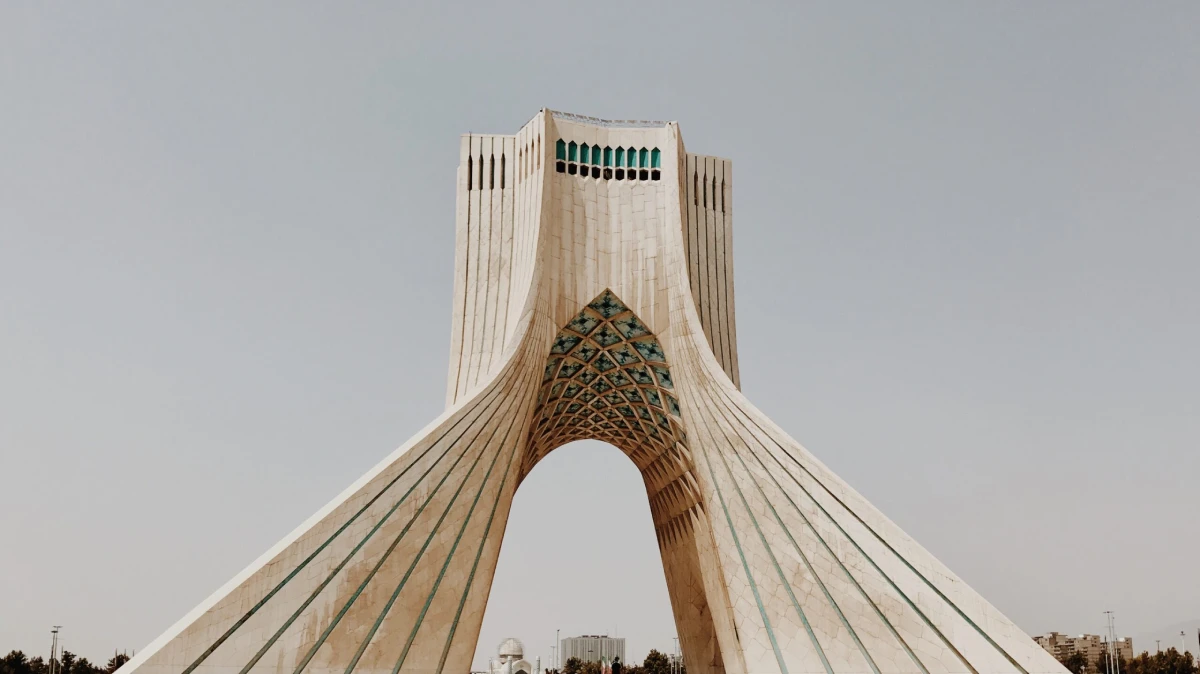The Azadi Tower, also known as the Shahyad Tower, is an iconic landmark located in Tehran, Iran. Built in 1971, the tower is a symbol of Iranian freedom and independence and has become one of the most recognizable structures in the country.
History and significance
The Azadi Tower was built to commemorate the 2,500th anniversary of the Persian Empire and to celebrate Iran’s freedom and independence. The tower was designed by Iranian architect Hossein Amanat and was constructed with the help of a team of international architects and engineers.
The tower’s design is inspired by Iran’s rich cultural heritage and features a blend of traditional Persian and modern architectural styles. The tower’s façade is decorated with intricate tilework and calligraphy, while its interior is home to a museum that showcases the history and culture of Iran.
The Azadi Tower has become an important symbol of Iranian identity and is a popular destination for both locals and tourists. It has been the site of many important political and cultural events throughout its history and has served as a rallying point for Iranians seeking freedom and democracy.
Architecture and design
The Azadi Tower is a stunning example of modern Persian architecture. Its design is inspired by the traditional Persian arch, with two large arches that intersect at the top of the tower.
The tower is made of white marble and is 45 meters high. Its façade is decorated with intricate tilework and calligraphy, which spell out the word “Azadi” (freedom) in Persian script.
The tower’s interior is equally impressive, with a soaring central hall that features a series of arched windows that flood the space with natural light. The interior is home to a museum that showcases the history and culture of Iran, with exhibits that include ancient artifacts, traditional costumes, and works of art.
Cultural significance
The Azadi Tower has become an important symbol of Iranian culture and identity. It represents the country’s rich history and cultural heritage, as well as its struggle for freedom and democracy.
The tower has been the site of many important political and cultural events throughout its history. It was the site of protests during the Iranian Revolution of 1979, and it has served as a gathering place for Iranians seeking freedom and democracy.
The tower has also been the site of many cultural events, including concerts, art exhibitions, and festivals. Its central location and stunning architecture make it a popular destination for both locals and tourists. Visitors can explore the tower’s museum, which showcases the history and culture of Iran, or simply enjoy the stunning views of the city from the tower’s observation deck.
The tower is also home to a range of restaurants and cafes, where visitors can sample traditional Persian cuisine and enjoy the stunning views of the city. Take part in our guided tours to Azadi Tower, providing you a nice visit with a deeper understanding of this tower’s history and architecture.
Last word
The Azadi Tower is a symbol of Iranian freedom and independence and has become one of the most recognizable structures in the country. Its stunning architecture and rich cultural significance make it a must-see destination for anyone visiting Tehran.
With its museum, restaurants, and observation deck, the Azadi Tower offers visitors a unique opportunity to explore the history and culture of Iran while enjoying stunning views of the city. It is a testament to the resilience and spirit of the Iranian people and serves as a powerful reminder of the country’s rich cultural heritage and its ongoing struggle for freedom and democracy.
Let us know your ideas and comments about this tower in the comment box below, we will be happy to hear from you!


















